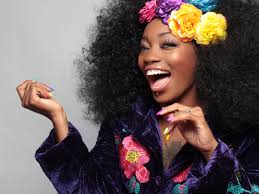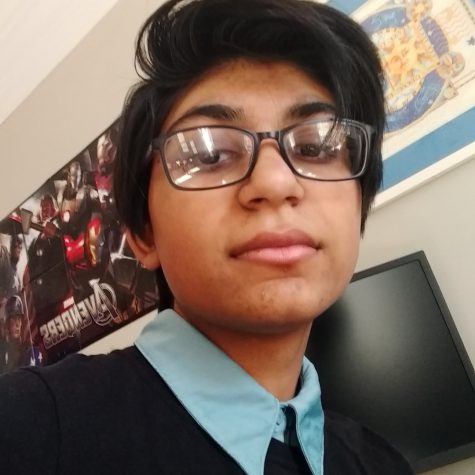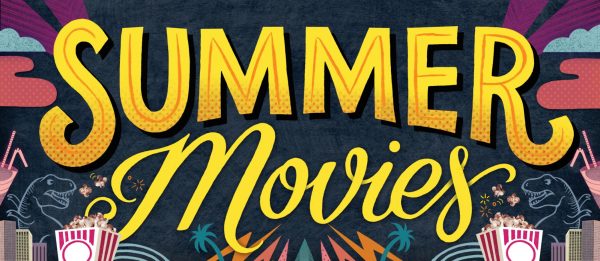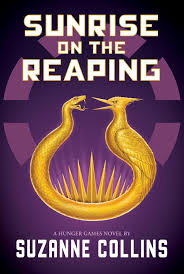BIPOC Women in Kids Shows
This article is an editorial and does not reflect the views of The Patriot as a whole.

Black Women smiling with a flower crown, from https://pxhere.com/en/photo/597017
Women of color in cartoons are a rare sight, even now. A recent study concluded that one third of all characters are women. It was found in the same study that out of characters of any gender, 5.6% were black, 11.6% were asian, and 1.4% hispanic/latino characters. With such limited representation, how are young women of color supposed to feel happy and prideful about who they are? Furthermore, women who are black, indigenous, people of color (BIPOC) are limited to furthering other characters or just being completely overshadowed; some are simply stereotyped. How are kids going to learn and respect other people and other cultures when cartoons are only focused on white characters and keep these racist stereotypes? It’s clear that women of color need more positive representation in kids’ cartoons to help women of color not only feel appreciated, but also influence young people to appreciate them as well.
Some might say that BIPOC women aren’t portrayed negatively, however that is not correct. There are many shows that hold stereotypes for BIPOC women, for instance, Keah Brown states in an article that Pitch Perfect is a good example of this problem. In Pitch Perfect, there is an asian character who was given the asian stereotype of being a quiet girl up until the end of the movie. As Brown states, characters with these stereotypes “insinuate that we can’t be more, have more, or say more than what is often expected of us through a set of racist stereotypes disguised as comedy.” Stereotypes like these engrain in young BIPOC girls that they can be nothing but that stereotype and often teaches them to fit into what society wants them to be. For instance, a young Asian-American girl watching Pitch Perfect would assume that she should be a quiet girl to be accepted. Some of these stereotypes are more harmful than this one too. For instance, stereotypes associated and used with black women are very harmful because they encourage girls to go along with society’s view of what they should be instead of being who they are. Similarly, when BIPOC women are only used to further character development in white characters, this is harmful because it creates the perception that BIPOC women are only really important when with or supporting white people. It makes BIPOC girls feel like they only really matter in society when they are a supporting character to a white character. However, this is not the case, BIPOC matter all the time and anywhere, no matter who they’re with, no matter what their personality is like.
The negative portrayal of BIPOC women also affects young white children. Julie Dubrow and Calvin Gilney wrote an article detailing specifically what these negative and limited representations of BIPOC influence in kids. The article states that kids tend to be influenced in what types of people are “good” and “bad” based on the portrayal of characters that look similar to them. With the lack of diversity and positive representation, kids tend to identify people who are “bad” as BIPOC. With the lack of diversity in kids shows, kids are being influenced to have prejudice against BIPOC.While this doesn’t mean they can’t change, it does mean that it makes it harder to get rid of those prejudices and in some cases those prejudices are never erased. The study also found that kids were more likely to think that the male characters were heroes, which means that kids are also being taught that only white men can really be heroes. They were also more likely to identify women and people of color as sidekick or bad guys, which is not true. There are plenty or BIPOC men, women, and nonbinary people who are real life heroes. Once again the limited representation of BIPOC women influences kids to negatively perceive them from an early age and to believe that if they aren’t bad guys, they were probably sidekicks.
The understanding of BIPOC women along with the lack of a diverse writing cast can also be blamed for the lack of representation. It’s often the case that white men or women will write in BIPOC to give their show more representation, however, this hurts people more than it helps. This is because many BIPOC people are very involved in their cultures and when BIPOC characters don’t show at least a little bit of their own culture, it can be discouraging. Many people no matter ethnicity would want at least a little bit of their culture shown to other people, especially kids who are most likely to interact with other kids who are part of different cultures. Furthermore, a lot of BIPOC characters written by white writers tend to ignore the struggles that BIPOC people would face in real life. While it’s not entertaining for people to be shown how they’re mistreated by society, at least a nod to some daily struggles BIPOC would allow kids and adults to understand why BIPOC people are often fighting for their rights. The problem with white writers writing diverse characters is that oftentimes they can’t relate to a character’s struggle and, after all, a BIPOC character should reflect the people and the cultures from which they come. This should happen while BIPOC talk about their own struggles to allow the audience to have more empathy for BIPOC people in real life.
Fortunately, there are a few kids shows that have BIPOC characters, and these really try to defy those stereotypes and negative representations that have been built into television shows. Carmen Sandiego is one of them, where the protagonist is a BIPOC woman. Specifically, she is Argentinian and while she has a complicated past, she did learn about her culture in her backstory and she connects with it even more in season 3. She also works with a Japanese man, Shadowsan, and a Hispanic or Latino kid, Player. Not only does this show have a relatively diverse cast, it also highlights a lot of the culture surrounding places that the group visits, allowing kids to be exposed to other cultures in a positive way. There are a few more shows that are based in a fantasy world so they don’t have the real life struggles of BIPOC characters, but these BIPOC characters break down previous stereotypes. She Ra Princesses of Power, the Netflix reboot, is one of these shows, with the majority of the cast being BIPOC characters. Most notably, Mermista an indian girl, Glimmer a hispanic or latina girl, and Catra a latina girl. It seems like the best way to combat diversity problems in kids and adult shows is to simply start hiring a diverse set of writers who will make diverse characters and having a diverse cast of actors and actresses. Along with writers being aware of racial stereotypes and challenges that BIPOC people face. These shows would be able to showcase diversity in a positive way that builds confidence in young girls of color and teaches white kids about diversity.

Tavishi Chattopadhyay is a 11th grader at West Morris Mendham High School. They are part of the Service Club, Journalism, and GSA(Gender Sexuality Alliance)....





